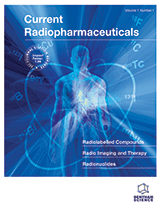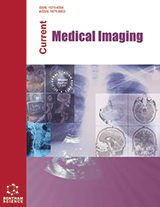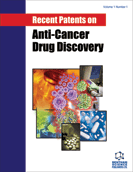Abstract
Somastostatin (SS) scintigraphy (SRS) is an effective diagnostic tool for neuroendocrine tumours (NET). High diagnostic accuracy is based on the high affinity binding between SS and its receptors (sstr) expressed both in NET and in some non neoplastic cells. Different SS analogues have been proposed in clinical practice because of the short half-life of the native peptide. Among all synthetic compounds Pentetreotide labelled with In-111 is the most widely used for imaging because of high affinity for sstr 2 and 5. New tracers, showing a different and/or wider affinity, are now available and radio- labelling has been obtained both with gamma and positron emitters. The broader spectrum of interaction with sstr gives a better chance to detect, over NET, other pathological conditions, as chronic inflammation, because of the sstr expression on inflammatory cells, including activated lymphocytes, epithelioid and monocytes.
Keywords: Nuclear medicine, Somatostatin analogues, Octreotide, Radio-Guided surgery
Current Radiopharmaceuticals
Title:Peptide Imaging with Somatostatin Analogues: More than Cancer Probes
Volume: 6 Issue: 1
Author(s): Giuseppe Lucio Cascini, Vincenzo Cuccurullo, Oscar Tamburrini, Antonio Rotondo and Luigi Mansi
Affiliation:
Keywords: Nuclear medicine, Somatostatin analogues, Octreotide, Radio-Guided surgery
Abstract: Somastostatin (SS) scintigraphy (SRS) is an effective diagnostic tool for neuroendocrine tumours (NET). High diagnostic accuracy is based on the high affinity binding between SS and its receptors (sstr) expressed both in NET and in some non neoplastic cells. Different SS analogues have been proposed in clinical practice because of the short half-life of the native peptide. Among all synthetic compounds Pentetreotide labelled with In-111 is the most widely used for imaging because of high affinity for sstr 2 and 5. New tracers, showing a different and/or wider affinity, are now available and radio- labelling has been obtained both with gamma and positron emitters. The broader spectrum of interaction with sstr gives a better chance to detect, over NET, other pathological conditions, as chronic inflammation, because of the sstr expression on inflammatory cells, including activated lymphocytes, epithelioid and monocytes.
Export Options
About this article
Cite this article as:
Lucio Cascini Giuseppe, Cuccurullo Vincenzo, Tamburrini Oscar, Rotondo Antonio and Mansi Luigi, Peptide Imaging with Somatostatin Analogues: More than Cancer Probes, Current Radiopharmaceuticals 2013; 6 (1) . https://dx.doi.org/10.2174/1874471011306010006
| DOI https://dx.doi.org/10.2174/1874471011306010006 |
Print ISSN 1874-4710 |
| Publisher Name Bentham Science Publisher |
Online ISSN 1874-4729 |
 40
40
- Author Guidelines
- Bentham Author Support Services (BASS)
- Graphical Abstracts
- Fabricating and Stating False Information
- Research Misconduct
- Post Publication Discussions and Corrections
- Publishing Ethics and Rectitude
- Increase Visibility of Your Article
- Archiving Policies
- Peer Review Workflow
- Order Your Article Before Print
- Promote Your Article
- Manuscript Transfer Facility
- Editorial Policies
- Allegations from Whistleblowers






















